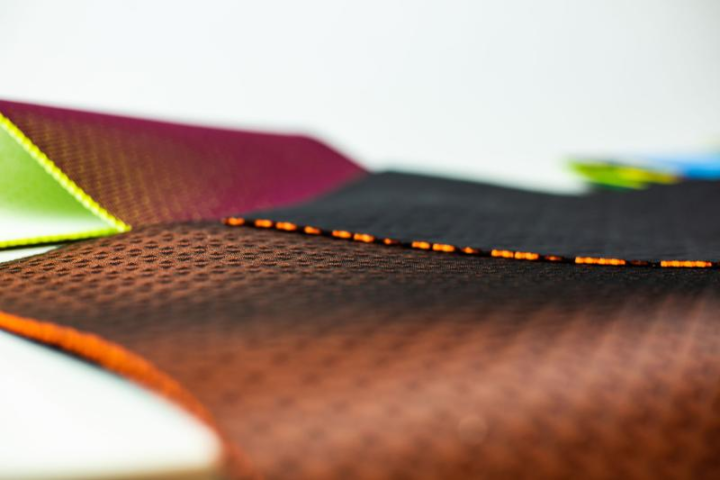Ariaprene: lightweight performance foam

With the Olympics now well into their second week of competition, and Usain Bolt safely back at Rio de Janeiro’s athletes’ village with a third consecutive 100 metre gold medal round his neck, it seems appropriate to think, this week, about all things kinetic.
The forces generated by the world’s elite athletes – be they on the track, on the court, in the pool or in the gym – are at an all-time high, as the intensity of preparation and competition demand that they extract ever more from their bodies. Suppliers of high-performance apparel are engaged in a constant dialogue with sportsmen and women, in an attempt to harness and maximise their kinetic potential, while at the same time ensuring they are sufficiently protected from injury and other damaging effects. We’ve already seen, in recent weeks, the fruit of collaborative efforts between designers, scientists and national sporting associations, in the creation of antimicrobial fabrics intended to shield Team USA’s rowers from the potentially harmful waters of Rio’s Rodrigo de Freitas Lagoon.
Ariaprene is more likely to be found indoors than out on the waves. A lightweight performance foam technology with excellent impact absorption, it has rapidly established itself as a credible, sustainable alternative to rubber and latex, and has been lauded for its exceptional qualities of stretch and recovery.
The material is initially formed from chemical pellets, which are foamed into a paste using an agent and gentle heat, before being rolled into sheets once the mixture reaches a clay-like consistency. These sheets are then briefly baked in specially designed ovens, at which point they expand into much larger blocks. From here, the blocks are cut and skived down to the desired shape, size and thickness, before undergoing the lamination and perforation processes specific to their intended function.


Ariaprene’s manufacturers pride themselves on being able to custom engineer the foam according to its end use, subtly altering the base ingredients to alter its physical (elasticity) and aesthetic (colour, texture) properties. It is little wonder, then, that sportswear giants including Nike, Puma and New Balance have already incorporated it into their footwear designs, taking full advantage of Ariaprene’s impressive versatility and customisability. For competitors in high-impact sports such as basketball or road running, the addition of even a thin layer of foam can make a huge difference.
If you are interested to explore more materials at our Material Library, please feel free to get in touch.
Posted 01 August, 2016 by Katie Kubrak